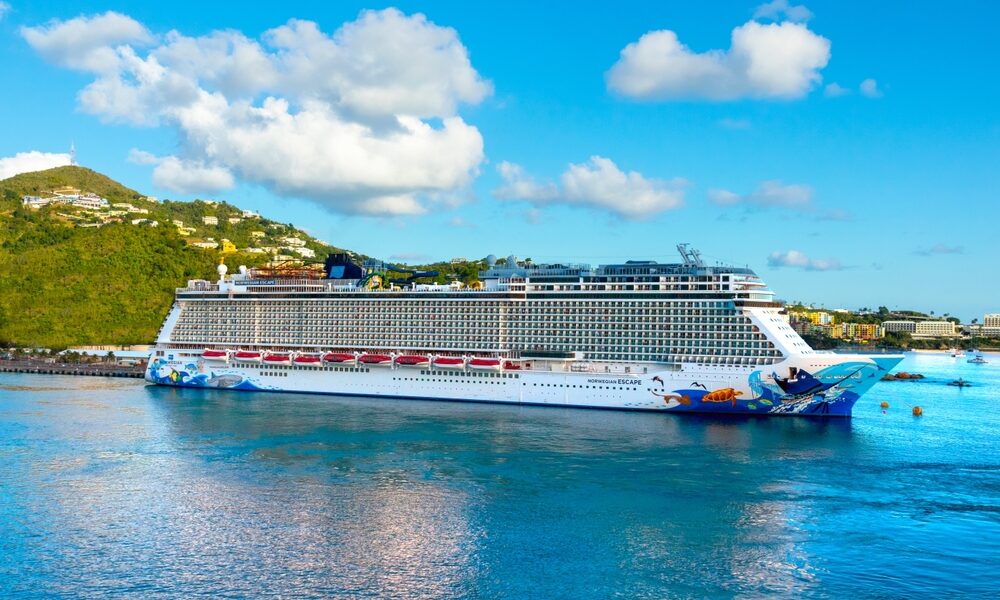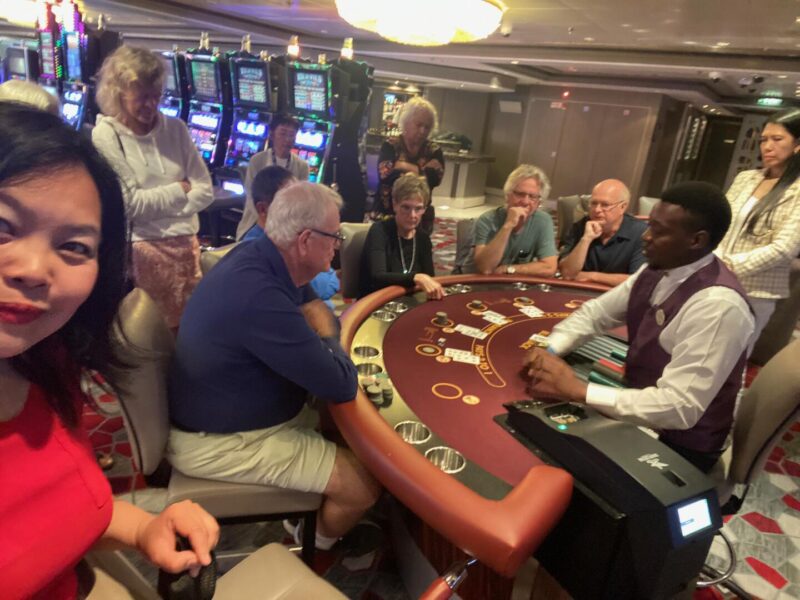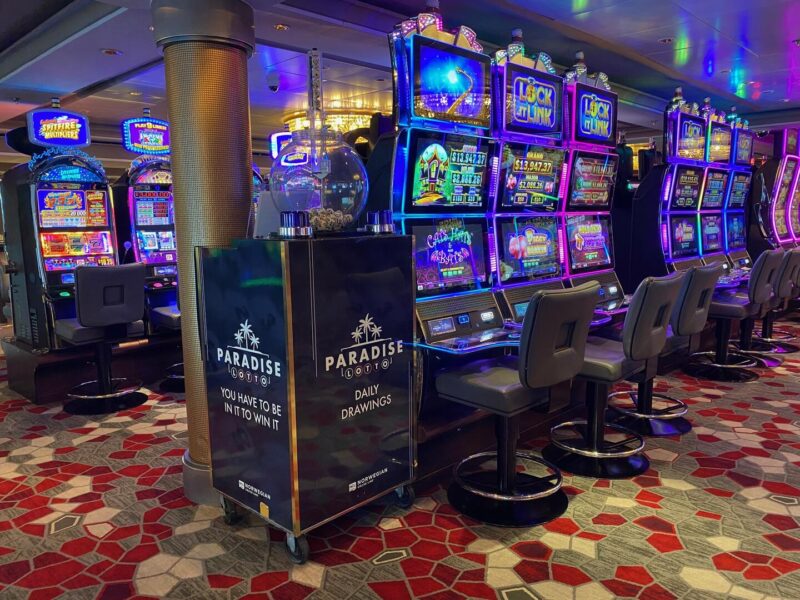Casinos remain a key revenue driver of the cruise industry, offering high-stakes entertainment aboard luxury liners. As experiential travel expands, cruise casinos are becoming essential attractions, blending leisure, tourism, and gaming into an immersive experience. The global cruise industry is projected to reach US$18.30 billion by 2030, growing at a rate of 11.5 percent annually, with approximately 20 to 30 percent of that amount attributed to gaming revenue.
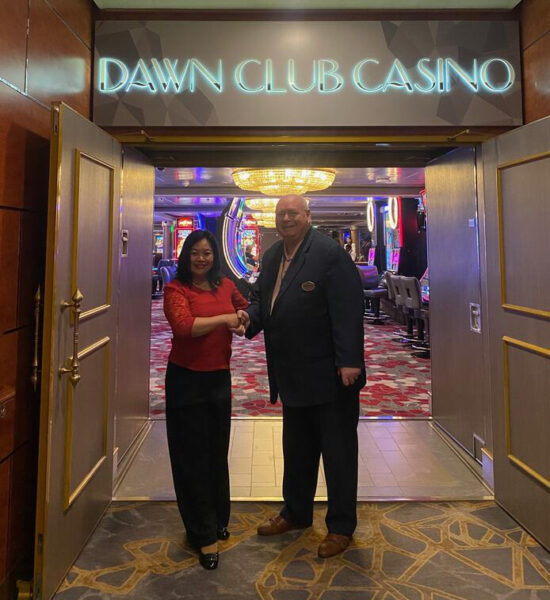 J.P. Morgan Research estimates the cruise industry to capture 3.8 percent of the US$1.9 trillion global vacation market by 2028. The Cruise Lines International Association projects the number of cruise passengers to increase from 35 million to 39.7 million by 2027, reflecting growing demand. Grand View Research values the market at US$7.67 billion in 2022, forecasting a CAGR of 11.5 percent through 2030, with North America accounting for around 50 percent of revenue share and Asia Pacific emerging as the fastest-growing region.
J.P. Morgan Research estimates the cruise industry to capture 3.8 percent of the US$1.9 trillion global vacation market by 2028. The Cruise Lines International Association projects the number of cruise passengers to increase from 35 million to 39.7 million by 2027, reflecting growing demand. Grand View Research values the market at US$7.67 billion in 2022, forecasting a CAGR of 11.5 percent through 2030, with North America accounting for around 50 percent of revenue share and Asia Pacific emerging as the fastest-growing region.
This growth aligns with insights from my research aboard the “Norwegian Dawn” in Africa, where gaming revenue, strategic partnerships, and evolving player demographics are reshaping the cruise casino model. The integration of gaming with onboard luxury and hospitality continues to enhance profitability, solidifying cruise casinos as a vital component of the modern travel industry.
Cruise Casino Model: A Profitable Ecosystem
Cruise ships operate as closed ecosystems, where passengers are a captive audience with disposable income and time. Unlike land-based casinos competing with external attractions, cruise casinos benefit from passengers seeking entertainment between ports. On the Norwegian Dawn, gaming revenue is buoyed by the “always-on” nature of cruising, where guests can gamble day or night without distractions.
Revenue Streams and Market Growth
The cruise ship casino industry continues to expand, with gaming revenues playing a significant role in the overall profitability of cruise lines. According to industry reports, onboard revenue, including gaming, accounts for approximately 30 percent of total cruise income. Listed cruise companies such as Norwegian Cruise Line Holdings, Royal Caribbean Group, and Carnival Corporation generate substantial gaming revenue collected through onboard transactions linked to passengers’ accounts. These funds are processed via cruise line payment systems, eliminating cash transactions and enabling real-time data collection for personalized marketing.
Strategic Partnership with Casino Operators
Cruise lines increasingly recognize the value of partnering with established casino brands to enhance their gaming offerings. Royal Caribbean and Celebrity Cruises, for example, have formed alliances with MGM Resorts, allowing passengers to earn and redeem loyalty points across both cruise and land-based casinos. Similarly, Carnival Cruise Line has partnered with Bally’s Corp, integrating loyalty programs to extend gaming benefits beyond the cruise experience. These collaborations create a seamless gaming environment, attracting high-value customers and reinforcing brand loyalty.
The Norwegian Dawn’s casino, featuring 205 slot machines, ranges from classic three-reel games to immersive, newly launched video slots with cinematic themes. The 16 tables, featuring games such as blackjack, roulette, craps, baccarat, and three-card poker, cater to both casual players and seasoned gamblers. During my recent voyage as a casino, hotel and tourism market advisor and patron, I immersed myself in this vibrant atmosphere, participating in high-energy slot tournaments, testing strategies at blackjack tables, and embracing the communal frenzy of roulette and craps. The casino’s layout, with its intimate seating, strikes a balance between excitement and relaxation, reminiscent of modern cruise ship design.
Demographic Synergy
Modern cruise passengers skew toward affluent, experience-driven travelers aged 35-70. These patrons view gambling as one component of a broader vacation package, making them more willing to spend on discretionary activities. The Norwegian Dawn’s casino capitalizes on this by offering betting limits of US$10 minimum and US$2,500 maximum for table games, while baccarat’s minimum is US$100 and max bet US$5,000, engaging casual players while reserving high-limit areas for VIPs and opening its tables upon request.
Operational Efficiency
Unlike land-based casinos burdened by real estate and labor costs, cruise casinos operate within existing infrastructure. Casino staff double as hospitality staff, and gaming floors are optimized for compact yet impactful layouts.
Regulatory Fluidity
Operating in international waters allows cruise casinos to bypass strict jurisdictional rules, offering more liberal odds and faster game cycles.
A Patron’s Journey
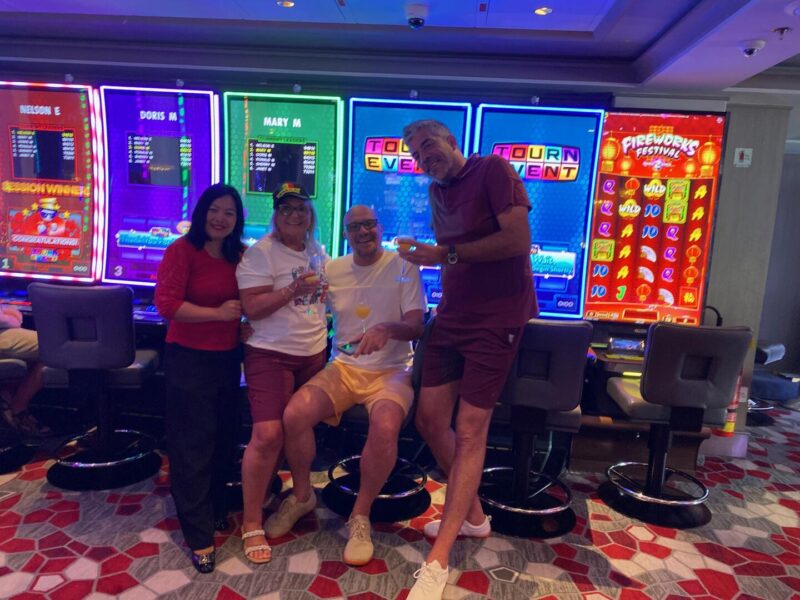 A thrilling casino experience at sea aboard the Norwegian Dawn, the casino atmosphere was charged with adrenaline and high-energy gaming. The slots tournament – a timed, leaderboard-driven competition – transformed solitary play into a communal event, fostering excitement among participants. Meanwhile, blackjack tables offered a dynamic blend of strategy and camaraderie, with skilled dealers expertly balancing game pace and hospitality. Poker tournaments drew enthusiastic crowds, seamlessly combining tradition with leisure.
A thrilling casino experience at sea aboard the Norwegian Dawn, the casino atmosphere was charged with adrenaline and high-energy gaming. The slots tournament – a timed, leaderboard-driven competition – transformed solitary play into a communal event, fostering excitement among participants. Meanwhile, blackjack tables offered a dynamic blend of strategy and camaraderie, with skilled dealers expertly balancing game pace and hospitality. Poker tournaments drew enthusiastic crowds, seamlessly combining tradition with leisure.
The Norwegian Dawn’s use of room key card as player-tracking tool eliminates friction, allowing guests to seamlessly load funds via their cruise accounts or credit cards while bypassing cash transactions – a game changer that streamlines play, provides convenient access to funds despite a 3 percent fee, and enables real-time data collection for personalized offers, all in stark contract to the long ATM queues often seen in land-based casinos.
Cruise vs. Land-Based Casinos
From a player psychology perspective, cruise gamblers are typically more relaxed, treating gaming as part of a vacation rather than a primary pursuit. This translates to shorter sessions but higher per-capita spend on gaming offerings.
Comps and Loyalty
Land-based casinos rely on loyalty programs and player development to drive repeat visits. Cruise lines, however, leverage gaming activity to reward patrons with cabin upgrades, free cruises, or onboard credits (OBC), a strategy that fosters brand loyalty in a competitive market.
The Norwegian Dawn’s casino lacks the sensory overload of Las Vegas and Macao, favoring softer lighting and nautical motifs. This creates a less intimidating environment for newcomers.
Charting The Future Of Cruise Gaming
As demand for luxury travel surges, cruise ship casinos are poised to benefit from increased passenger spending. The integration of gaming with onboard amenities – such as beverage packages, specialty dining, and shore excursions – creates a holistic revenue model that enhances profitability.
Cruise ship casino has evolved beyond mere onboard attractions to become strategic revenue drivers and integral components of the modern cruise experience, where ongoing innovation, partnership with major casino operators, and advancement in digital payments systems continue to shape the future of gaming at sea, with success hinging on the delicate balance between innovation and intimacy, convenience and excitement-ultimately creating a winning hand for both industry stakeholders and patrons, where the journey itself becomes the jackpot.

